-
 Bitcoin
Bitcoin $111200
0.03% -
 Ethereum
Ethereum $4321
0.45% -
 Tether USDt
Tether USDt $0.9999
-0.02% -
 XRP
XRP $2.824
0.89% -
 BNB
BNB $856.7
1.36% -
 Solana
Solana $204.4
0.79% -
 USDC
USDC $0.9998
0.00% -
 Dogecoin
Dogecoin $0.2178
2.21% -
 TRON
TRON $0.3317
-1.04% -
 Cardano
Cardano $0.8334
2.36% -
 Hyperliquid
Hyperliquid $47.48
5.04% -
 Chainlink
Chainlink $22.43
0.45% -
 Ethena USDe
Ethena USDe $1.001
0.01% -
 Bitcoin Cash
Bitcoin Cash $615.9
4.10% -
 Sui
Sui $3.404
2.84% -
 Stellar
Stellar $0.3610
1.92% -
 Avalanche
Avalanche $24.44
1.03% -
 Hedera
Hedera $0.2185
1.99% -
 Cronos
Cronos $0.2710
2.40% -
 UNUS SED LEO
UNUS SED LEO $9.567
0.12% -
 Litecoin
Litecoin $112.4
1.13% -
 Toncoin
Toncoin $3.084
-0.52% -
 Shiba Inu
Shiba Inu $0.00001239
2.12% -
 Polkadot
Polkadot $3.881
2.85% -
 Uniswap
Uniswap $9.394
0.47% -
 Dai
Dai $0.9997
-0.02% -
 Ethena
Ethena $0.7621
16.86% -
 Monero
Monero $269.5
0.69% -
 Aave
Aave $302.2
-1.65% -
 World Liberty Financial
World Liberty Financial $0.1825
-0.64%
How to change leverage on an open position on Binance?
On Binance Futures, you can adjust leverage on open positions to manage risk and margin, but changes must maintain sufficient margin to avoid liquidation.
Sep 05, 2025 at 04:54 pm
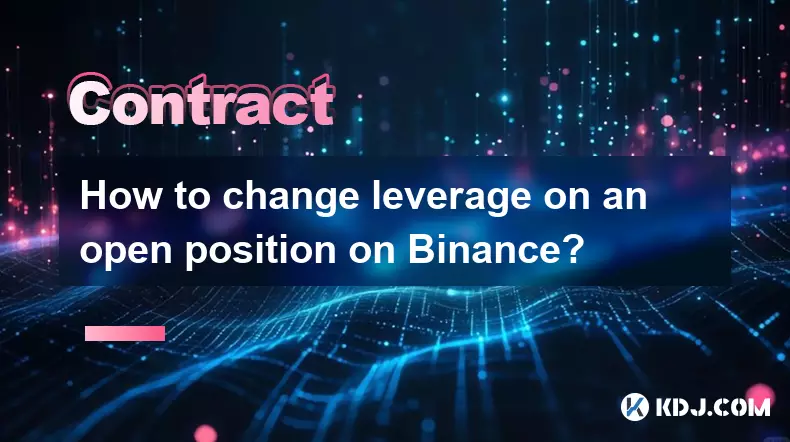
Understanding Leverage in Binance Futures Trading
1. Leverage allows traders to control a larger position using a smaller amount of capital. On Binance, leverage is a crucial feature for futures trading, enabling users to amplify potential gains—or losses—based on market movements. When opening a futures position, traders select a leverage level, typically ranging from 1x to 125x depending on the contract.
2. Once a position is open, the leverage isn’t fixed in the sense that it can be adjusted, but certain conditions must be met. Binance allows users to modify leverage on open positions only if doing so doesn’t trigger immediate liquidation or violate margin requirements. This means the adjustment must maintain sufficient maintenance margin relative to the new leverage level.
3. The interface for changing leverage is accessible through the futures trading dashboard. Traders can find the leverage selector near the position information panel. By clicking on the current leverage value, a dropdown menu appears with available leverage options based on the asset and risk settings.
4. It’s important to note that changing leverage doesn’t alter the entry price or the quantity of the position. Instead, it adjusts the margin allocated to the trade. Increasing leverage reduces the required margin, freeing up capital for other trades, while decreasing leverage increases the margin, enhancing the position’s resistance to liquidation.
5. Market volatility plays a significant role in how leverage adjustments affect risk exposure. A higher leverage setting makes the position more sensitive to price fluctuations, increasing the chance of liquidation during sharp moves. Traders must monitor their positions closely after making changes.
Steps to Modify Leverage on an Open Position
1. Navigate to the Binance futures trading interface and locate the open positions tab. This section displays all active long and short positions, including entry price, liquidation price, and current leverage.
2. Identify the position for which you want to change leverage. Click on the leverage value displayed next to the position. A pop-up or dropdown menu will appear showing the range of allowable leverage levels.
3. Select the desired leverage from the available options. Binance will automatically calculate the new margin requirement and check whether the account balance supports the change without triggering a margin call.
4. Confirm the adjustment. If the system accepts the change, the leverage is updated instantly, and the margin is recalculated. The position size remains unchanged, but the risk profile is modified based on the new leverage ratio.
5. After adjusting, review the updated liquidation price and margin ratio. These values are critical indicators of the position’s stability. A lower liquidation price after increasing leverage signals higher risk, while a higher liquidation price after decreasing leverage indicates improved safety.
Risks and Considerations When Adjusting Leverage
1. Adjusting leverage on an open position can lead to immediate liquidation if the new margin level falls below the maintenance threshold. Binance performs real-time risk checks, but rapid price movements can invalidate the adjustment before it’s processed.
2. Higher leverage increases exposure to funding rate costs, especially in prolonged positions. Since funding payments are based on position size, amplified leverage can lead to larger periodic deductions, affecting profitability over time.
3. Some trading strategies rely on stable leverage settings. Frequently changing leverage disrupts risk management frameworks, making it harder to predict outcomes during volatile periods.
4. Isolated margin mode imposes stricter limits on leverage adjustments compared to cross margin. In isolated mode, the entire margin is tied to the position, so increasing leverage without adding more margin can quickly deplete the buffer.
5. Binance may restrict leverage changes during extreme market conditions or maintenance windows. Traders should verify the availability of the feature before relying on it during critical moments.
Frequently Asked Questions
Can I change leverage on a position in cross margin mode?Yes, leverage can be adjusted on open positions in cross margin mode as long as the account maintains sufficient equity to support the new margin requirement. The system evaluates the overall portfolio health before approving the change.
Does changing leverage affect my entry price?No, modifying leverage does not alter the entry price of an open position. The entry remains fixed, and only the margin allocation and liquidation price are recalculated based on the new leverage level.
Why can’t I increase leverage on my current position?Binance restricts leverage increases if the new margin requirement would place the position too close to liquidation. The system prioritizes risk control, preventing adjustments that could destabilize the trade.
Is there a fee for changing leverage?No, Binance does not charge any fees for adjusting leverage on open positions. The change is a risk management action and does not involve transaction costs.
Disclaimer:info@kdj.com
The information provided is not trading advice. kdj.com does not assume any responsibility for any investments made based on the information provided in this article. Cryptocurrencies are highly volatile and it is highly recommended that you invest with caution after thorough research!
If you believe that the content used on this website infringes your copyright, please contact us immediately (info@kdj.com) and we will delete it promptly.
- Cryptos, Future, Investment: Spotting the Next Big Thing in the Wild World of Digital Assets
- 2025-09-06 08:45:13
- Arctic Pablo, Trump Coin & Crypto Mania: What's the Deal?
- 2025-09-06 09:05:13
- BullZilla ($BZIL): Riding the Meme Coin Wave with Presale Price Potential
- 2025-09-06 06:45:14
- Bitcoin Whale Awakens: $10 Billion Ethereum Shift?
- 2025-09-06 06:25:11
- Cardano, Pi Network, and Presale Altcoins: What's the Buzz?
- 2025-09-06 04:45:15
- Bitcoin Hashrate, Price, and ATH: Navigating the Crypto Landscape
- 2025-09-06 04:30:12
Related knowledge

What to do if you are about to be liquidated?
Sep 06,2025 at 01:00am
Understanding Liquidation in the Crypto Market1. Liquidation occurs when a trader’s margin balance falls below the required maintenance margin, forcin...

How to trade Ethereum futures?
Sep 05,2025 at 03:54pm
Understanding Ethereum Futures Basics1. Ethereum futures are financial derivatives that allow traders to speculate on the future price of ETH without ...
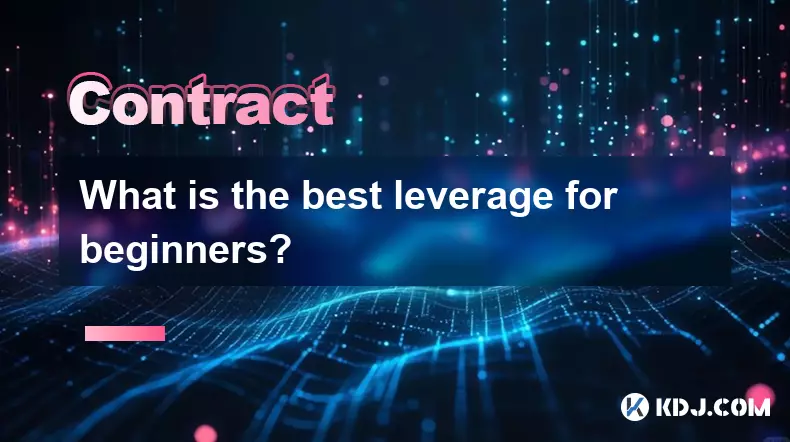
What is the best leverage for beginners?
Sep 06,2025 at 02:37am
Understanding Leverage in Cryptocurrency Trading1. Leverage allows traders to borrow funds to increase their position size beyond their available capi...
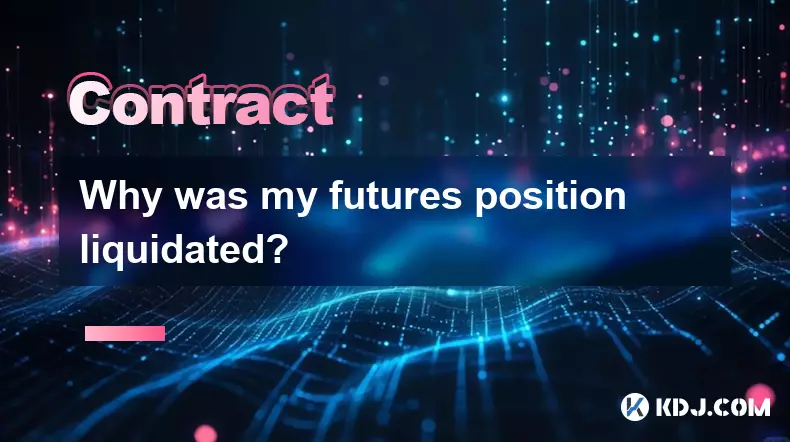
Why was my futures position liquidated?
Sep 06,2025 at 12:18am
Decentralized Exchanges and Their Impact on Crypto Trading1. Decentralized exchanges (DEXs) have reshaped the way users interact with digital assets b...
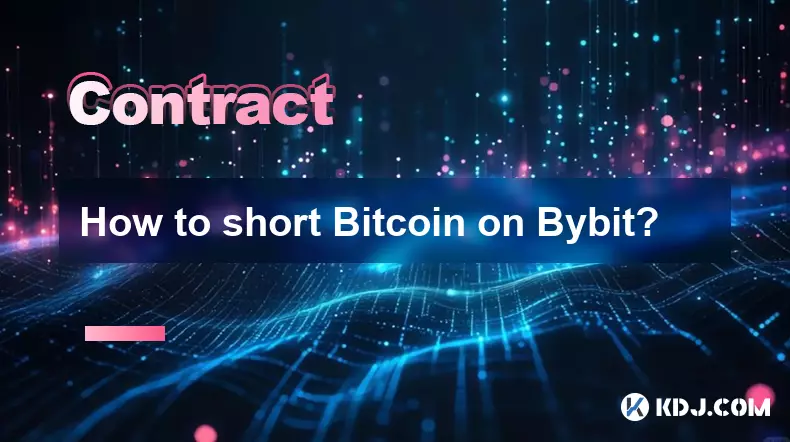
How to short Bitcoin on Bybit?
Sep 06,2025 at 04:36am
Understanding Short Selling on Bybit1. Short selling Bitcoin on Bybit allows traders to profit from price declines. This strategy involves borrowing B...
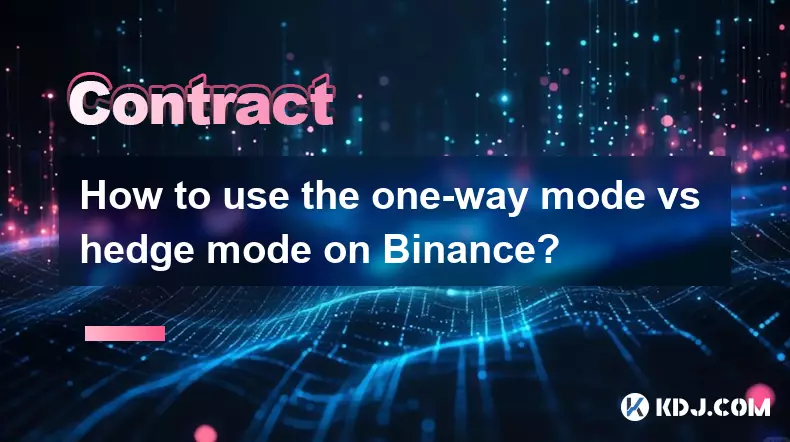
How to use the one-way mode vs hedge mode on Binance?
Sep 06,2025 at 07:54am
Understanding One-Way Mode on Binance1. One-way mode functions as a linear trading system where each position is independent and directional. Traders ...

What to do if you are about to be liquidated?
Sep 06,2025 at 01:00am
Understanding Liquidation in the Crypto Market1. Liquidation occurs when a trader’s margin balance falls below the required maintenance margin, forcin...

How to trade Ethereum futures?
Sep 05,2025 at 03:54pm
Understanding Ethereum Futures Basics1. Ethereum futures are financial derivatives that allow traders to speculate on the future price of ETH without ...

What is the best leverage for beginners?
Sep 06,2025 at 02:37am
Understanding Leverage in Cryptocurrency Trading1. Leverage allows traders to borrow funds to increase their position size beyond their available capi...

Why was my futures position liquidated?
Sep 06,2025 at 12:18am
Decentralized Exchanges and Their Impact on Crypto Trading1. Decentralized exchanges (DEXs) have reshaped the way users interact with digital assets b...

How to short Bitcoin on Bybit?
Sep 06,2025 at 04:36am
Understanding Short Selling on Bybit1. Short selling Bitcoin on Bybit allows traders to profit from price declines. This strategy involves borrowing B...

How to use the one-way mode vs hedge mode on Binance?
Sep 06,2025 at 07:54am
Understanding One-Way Mode on Binance1. One-way mode functions as a linear trading system where each position is independent and directional. Traders ...
See all articles

























































































